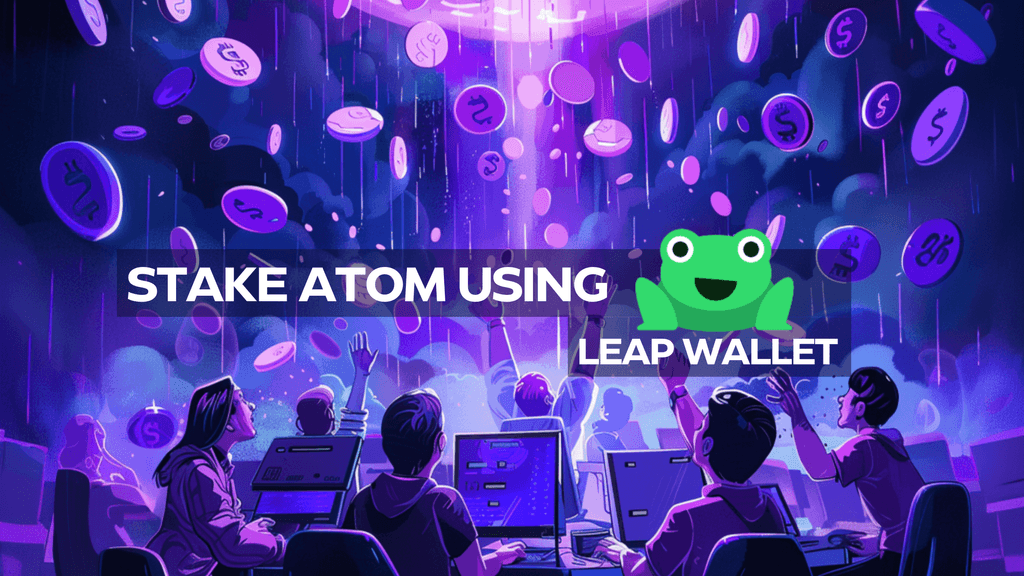Tendermint is a scalable proof of state consensus engine used by over 50 blockchains, securing billions of dollars.
Detailed Summary for Tendermint Core EXPLAINED (Algorithm & History)
Summary generated by AI from the ICI team
[00:00] Tendermint is a highly scalable proof of state consensus engine used by over 50 blockchains securing billions of dollars.
– Tendermint is the gold standard when it comes to proof of state consensus engines.
– The original white paper on Tendermint was written in 2014 by Jaquan and brought innovative ideas that are now standard in blockchain technology.
– Tendermint is one of the most influential projects in the crypto space.
– Tendermint has been cited over 500 times by Ethereum, Polkadot, Solana, Avalanche, and more.
– Tendermint is the third most important project in web 3.0, only behind Bitcoin.
– Proof of stake technology was theorized and had some working prototypes, but had core issues.
– Nakamoto consensus, the basis for Bitcoin, had core consensus problems related to finding the longest chain.
– Tendermint provides a more efficient and scalable solution for blockchain consensus.
[01:50] Nakamoto consensus relies on the longest chain as the most valid
– Bitcoin miners choose the longest fork, making shorter forks invalid
– This probabilistic finality creates a small chance of transaction reversals
– Jae Kwon faced the problem of Bitcoin transactions not being final
– Jae Kwon explored classical consensus protocols for inspiration
– Jae Kwon’s idea focused on slashing forks in a Nakamoto consensus chain
[03:38] The introduction of finality in proof of stake is a significant innovation.
– The combination of classical consensus and blockchain technology in Tendermint paved the way for other proof of stake protocols.
– A small group of influential individuals in the cryptocurrency field met at the Crypto Economicon convention in 2015.
– Vitalik Buterin had a pivotal moment in a panel discussion about proof of stake, where he likely became convinced of its viability.
[05:27] Tendermint is a consensus algorithm for deterministic Byzantine fault tolerant replicated State machines.
– The main purpose of Tendermint is to ensure that nodes (computers) come to an agreement.
– Tendermint can resist nodes going offline or being malicious.
– Tendermint operates with information that has finite states and predetermined ways of changing.
– No matter how many times you run Tendermint, you will always get the exact same results.
– Tendermint involves multiple copies of the information being replicated.
[07:04] Tendermint is ran by nodes that have defined public keys and maintain the replicated state.
– Tendermint has three rounds: proposal, pre-vote and vote, and pre-commit and commit.
– In the proposal phase, a state is proposed to be added to the state machine.
– In the pre-vote and vote phases, nodes either approve or disapprove of state transitions.
– In the pre-commit and commit phases, the validator set either adds the block or restarts the process.
– In a proof-of-stake blockchain, block proposers are chosen randomly using a round-robin algorithm.
[08:44] Tendermint is a secure and efficient proof of stake network used to secure over 50 different blockchains.
– Validators are rewarded for passing valid blocks and penalized for being offline or proposing invalid blocks.
– Tendermint has loose synchrony instant finality and can handle high transaction volumes with low block times.
– Tendermint’s use of ABCI allows it to be robust and general purpose.
[10:20] Tendermint’s is a versatile and user-friendly blockchain application interface.
– Tendermint’s separates the application from the consensus, allowing for language agnostic programming.
– It can be used for any purpose and has been utilized in various sectors like DeFi and enterprise.
– Popular projects like Cosmos Hub, Osmosis, and Kucoin Chain utilize Tendermint.
– There are also lesser-known projects, such as Chronos and Celestial, that rely on Tendermint.
– Some projects, like Matic, Aptos, and Binance Beacon chain, have forked and modified Tendermint for their needs.
[12:04] Tendermint is the base algorithm for proof of stake and has deep roots in the crypto world.
– Tendermint was the first stable implementation of proof of stake.
– Many popular projects like Ethereum, Polkadot, Solana, Avalanche, Hedera Hashgraph, and Phantom have cited Tendermint as an influence.
– Tendermint is robust, customizable, and pivotal for proof of stake.
– The original white paper for Tendermint, released in 2014, still holds true and concludes that Tendermint is awesome.




